My 8-day trip to South Africa
In the summer of 2016, we had an 8-day trip to South Africa. We visited Johannesburg and Durban, but unfortunately, we didn’t have enough time to go to Cape Town. First of all, I must say I was pleasantly surprised. The people were extremely polite and kind. There’s a peculiar culture that has developed. Everyone greets each other, whether they know each other or not. Throughout our stay, we didn’t see any rude or loud people. I thought maybe this is one of the few good things left from Dutch and British colonization.
Crime rate
On one hand, you have such a polite population, on the other hand, the country has some of the most criminal cities in the world. There’s a strange contrast in the country. For example, you can’t enter certain neighborhoods in Johannesburg. Even in the neighborhoods we could enter, we kept our car doors locked and windows closed while driving. If you’re waiting at a traffic light with your windows open, someone can come and snatch your phone or wallet. And if you protest, they might even shoot and take it. After 4 pm, you generally can’t go out due to security reasons. When we were returning from Durban to Johannesburg, we couldn’t leave in the evening, so we had to wait until the next morning. Once, we went to a supermarket in Johannesburg, and there were armed security guards at the entrance and exit of the market. Supermarket robberies are quite common, so the owners have taken this precaution. They also check your receipts at the exit to see if you’ve stolen anything. They compare the items listed on the receipt with the ones in your cart. The situation has gotten so out of control that the mafia has entered the transportation sector and parcelled out certain areas. Only their minibusses can operate in those areas. Municipal buses or minibusses are disregarded if they pass through those areas. That’s why municipal buses in those areas usually have police escort.
The other side of the coin
An extraordinary country. Two different worlds. If you explore the safe areas, you might think the country is one of the European countries. The infrastructure and architecture are no less than those of European countries. You definitely wouldn’t say it’s Africa. There are some areas where you would think you’re in Miami. So luxurious, clean, and affluent. But as you start getting to know the surroundings, you wonder where you’ve ended up. Definitely don’t attempt to explore South Africa without a guide.
I will share more experiences about South Africa and places to visit.
Places to visit in Johannesburg
Lion Safari Park
A safari park located just outside Johannesburg. You take a 2-hour tour in a car. You can encounter various herds of animals, from lions to zebras, hyenas to buffalos, antelopes to wild dogs. But the most exciting part is the 6-month-old lion and leopard cubs. Since they’re not at an age where they could harm humans, you can hold and cuddle them. Unlike many other safaris around the world, the lions and leopards here are not sedated as they pose no threat to humans due to their young age. As it’s a park, the animals have designated areas and are fed by caretakers. Normally, there’s no danger of an attack, but during your visit, you should heed the warnings. The animals have divided their territories into sections. Some transitions have iron gates to prevent the animals from encountering and attacking each other. For those who didn’t have time to go to the famous Kruger National Park, this could be a small alternative.
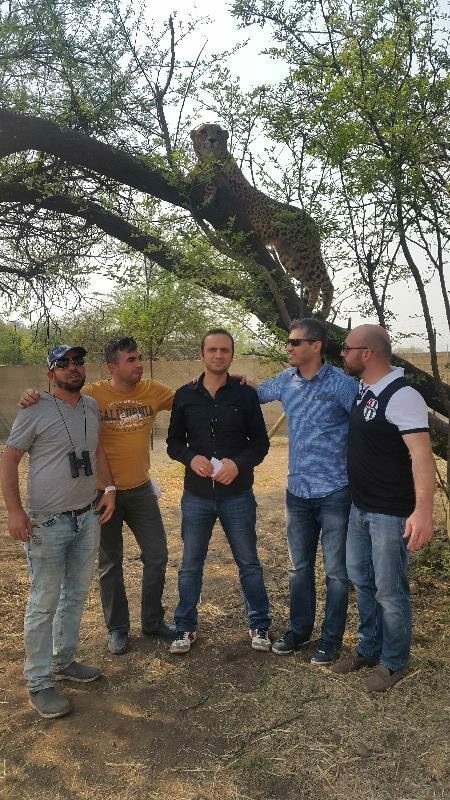
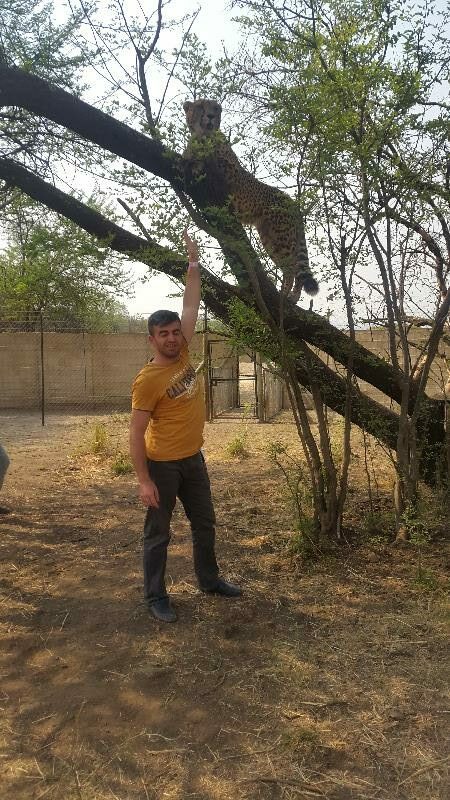
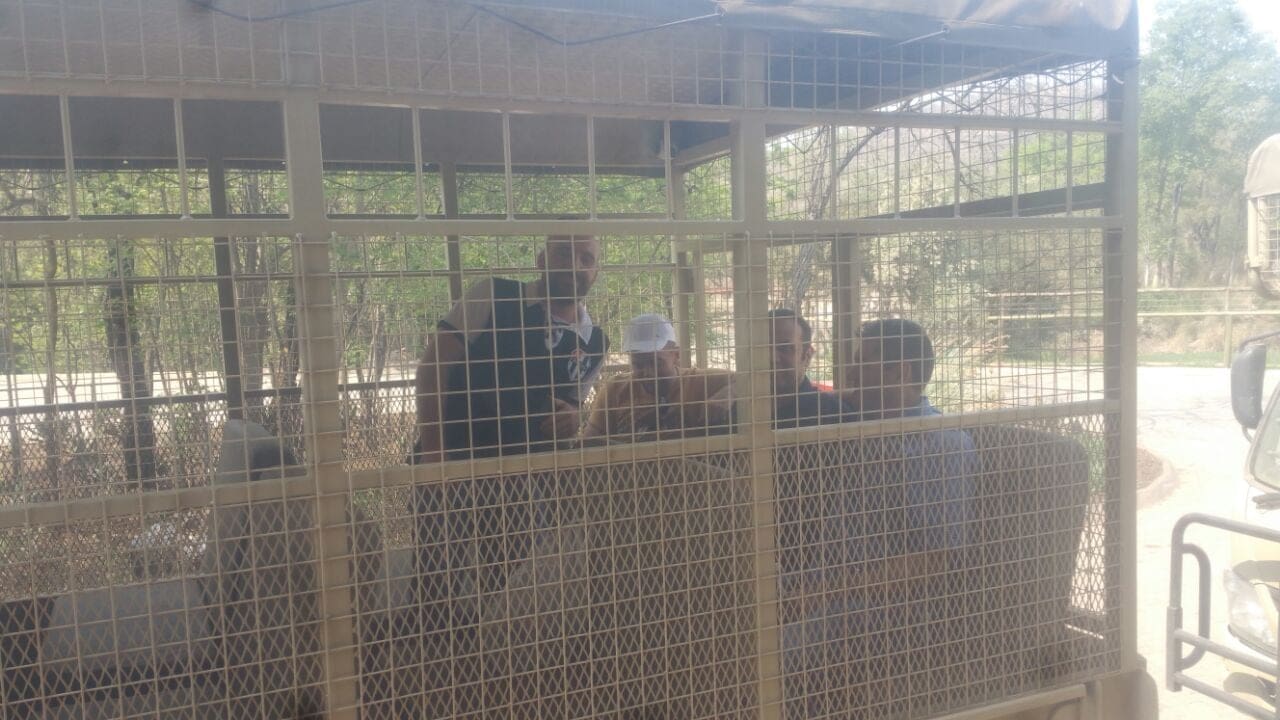
Soweto
Soweto, an abbreviation for “South Western Townships,” is located 12 km away from the city center. Until 2002, it was a separate city and later became integrated with Johannesburg. It can be described as a kind of township or suburb. A hundred years ago, it was primarily inhabited by mine workers who came from Mozambique. Over time, the neighborhood expanded in an irregular manner. It is also the epicenter of the uprising against apartheid. Apartheid refers to the system of racial segregation that was established in 1948, where whites were considered superior to blacks and received preferential treatment. Black individuals had limited access to public services and were subjected to second-class treatment. For instance, there were beaches where only whites were allowed. A racist system was prevalent in all aspects of society, from education to healthcare. In 1976, student uprisings began in Soweto, which later spread throughout the country, as a response to this racism. In Soweto alone, 500 people died during the uprisings, while the nationwide death toll reached 7,000. Nelson Mandela, who was released from prison in 1990, visited Soweto and delivered a speech in front of 120,000 people, advocating for the end of apartheid. When conditions were right, Mandela won the elections in May 1993 and became the first black president of South Africa, leading to the complete dismantling of apartheid. In present times, Soweto, reminiscent of townships, still bears traces of South Africa’s history.
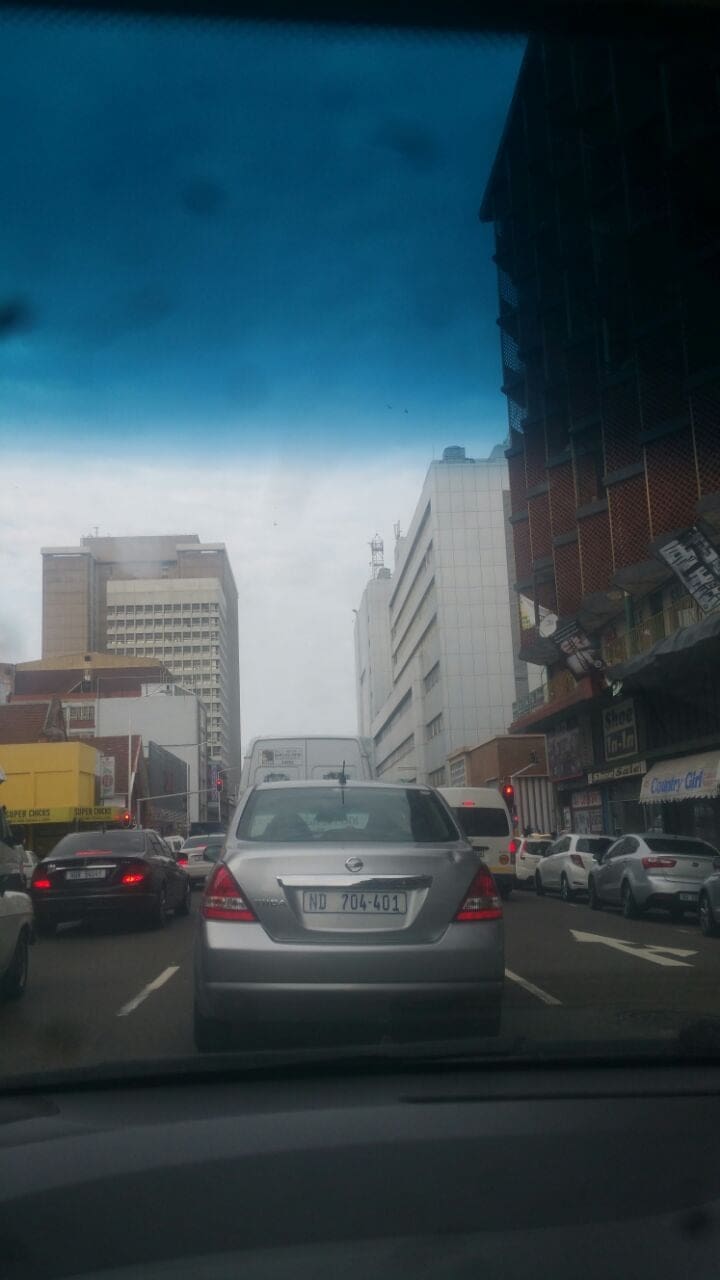
Montecasino
Montecasino is an entertainment and shopping center designed in the style of Tuscany, Italy. It is located half an hour away from the city center. This vast entertainment complex features cafes, shops, restaurants, cinemas, theaters, bowling alleys, children’s play areas, and casinos. It is a great place to spend time and go shopping. Additionally, there is a beautiful bird garden at the exit, housing parrots, flamingos, pelicans, owls, and nearly 60 bird species.
Golden Reef
Golden Reef Located 8 km away from Johannesburg, Gold Reef City is one of South Africa‘s most important entertainment centers. Situated in an old mining town area, this park offers roller coasters and other amusement rides found in amusement parks. It is a must-visit place for adrenaline enthusiasts. Moreover, you can also learn about the lives of former mine workers and their lifestyles. At the mining museum, you can witness daily demonstrations of how molten gold was poured into barrels and how money was made in the past.
Nizamiye
Nizamiye is a large complex situated in the Midrand region between Pretoria and Johannesburg. Construction of this complex, which is considered one of the largest mosques in Africa, started in 2009 and cost a total of 24 million Euros. It was commissioned by businessman Ali Katırcı and designed by architect Ahmed Shabbir Bham. The complex includes a primary school, a middle school, a clinic, shops, and cafes. Here, I would also like to provide some information about the presence of Muslims in South Africa. In 1658, Muslim individuals from Malaysia arrived to protect the possessions of Dutch colonizers. They faced strict restrictions on practicing and spreading their religion, and severe punishments, including the death penalty, were imposed on those who disobeyed. However, individuals such as Sheikh Yusuf and Tuan Guru contributed to the recognition of Muslims. Mosques began to gain formal recognition in 1798. With the permission of the British, a Muslim community started to form. Despite their small numbers, Muslims in South Africa have significant influence. There are Muslims among ministers and members of parliament. You can see new and modern mosques in many places throughout the country, especially those built by Indians. I recommend visiting this complex when you are in Johannesburg. If you stop by in the morning, there are also shops inside the complex where you can enjoy a delightful breakfast.
Sehenswürdigkeiten in Durban
Phezulu Culture Village
Phezulu Culture Village is a tourist village that showcases Zulu culture. The village is situated on the edge of the valley in a place known as “1000 Valley.” Here, you can find charming village scenes that you may have seen in movies. The surroundings are adorned with picturesque views. You can get to know the local people belonging to the Zulu tribe up close and personal. Learn about their clothing, beliefs, culture, language, lifestyle, rituals, and dances. In Zulu culture, you can find influences from Asia, particularly the fusion of Indian traditions with the cultural remnants left by European colonizers, creating a colorful kaleidoscope. They first take you on a safari tour, where you explore the valley in an open-top vehicle. You can encounter various animal species, from giraffes to zebras, in the valley. At the end of the safari tour, a team of local people dressed in their distinctive attire performs traditional tribal dances. The tribe members exhibit their dances with grace, agility, and humor, with the stunning view of the 1000 Valley in the background. Throughout the tour, you will be accompanied by a guide. This is a must-visit place for those interested in tribal culture in South Africa.
Durban Beaches
Durban boasts long and clean beaches. The beach stretches from Addington Beach to Country Club Beach. Divers and surfers from around the world come here to enjoy the sea and waves. We rented bicycles and took a bike tour along the beach. You can witness the most beautiful views of Durban along the coastline. We rented the bikes for two hours, and it was a delightful tour along the beach. Since it was a bit windy on the day we visited, there were only a few people swimming in the sea. You will see people walking, skateboarding, and cycling along the beach. There are shopping areas and cafes right on the edge of the beach. After getting tired on the beach, you can rest and enjoy a coffee there.
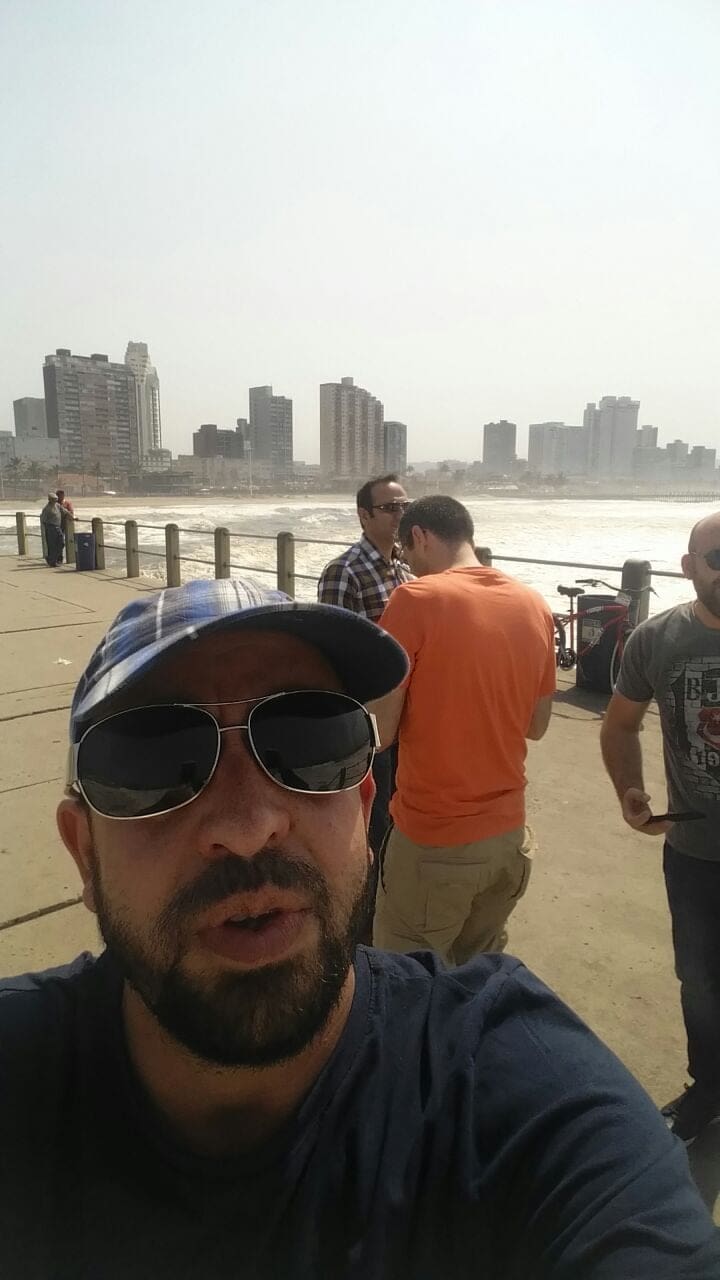
The Golden Mile
The Golden Mile is a coastal road along the Indian Ocean, adorned with luxurious villas, hotels, golf courses, and beaches. We can call it the Miami of South Africa 🙂 Here, you can come across luxury cars and entertainment venues. There are also many amusement places for children. Since you’ve come to the beach, I recommend exploring this golden mile as well.
Moses-Mabhida-Stadium
One of the stadiums built for the 2010 FIFA World Cup. It has a total seating capacity of 70,000. After the World Cup, it has been converted into a tourist attraction. You can take a special elevator to the top of the stadium and enjoy a panoramic view of the city and the beaches from above.
Fazit
South Africa is a beautiful and vast country that is worth visiting. It is larger than Germany, Italy, and France combined. Therefore, it is important to plan your activities and time accordingly before visiting. Due to its size, they also use the slogan “A country where the whole world gathers.” They refer to South Africa as the “Rainbow Nation” due to its cultural richness. You will encounter not only cultural beauty but also various attractions, from steep cliffs to beautiful beaches, from zoos to tribal life, all in the same geography. It is a country filled with contrasts, from tribal life to Miami-like beaches. I would like to remind you once again to explore South Africa with a guide due to the potential risks. And don’t forget to go on a thrilling safari tour.
Istanbul Kebap is one of the places where you can have a meal. The restaurant is converted from a train carriage. The food is fresh and delicious.
https://schwarmacompany.co.za/gallery
More snapshots
Share this post

Hey, I'm Aylak Adam
Travelling is my greatest passion. It fills me with joy to discover new cultures, meet people from all over the world and learn their fascinating stories. On my travel blog, I invite you to join me on my exciting adventures and experience interesting encounters with me. Immerse yourself in my captivating travel experiences and be inspired by my stories.
Follow me on Instagram

My travel review
Meals
★★★★
Accommodation
★★★★
Free time activities
★★★★★
Traffic mobility
★★★★★
Write a comment
It’s a wonderful destination – have you ever been there on holiday? What cities and places have you visited? I would love to hear your experiences and tips in the comments below this blog article. Maybe you have other recommendations for a perfect trip? Your experiences and tips are very welcome!
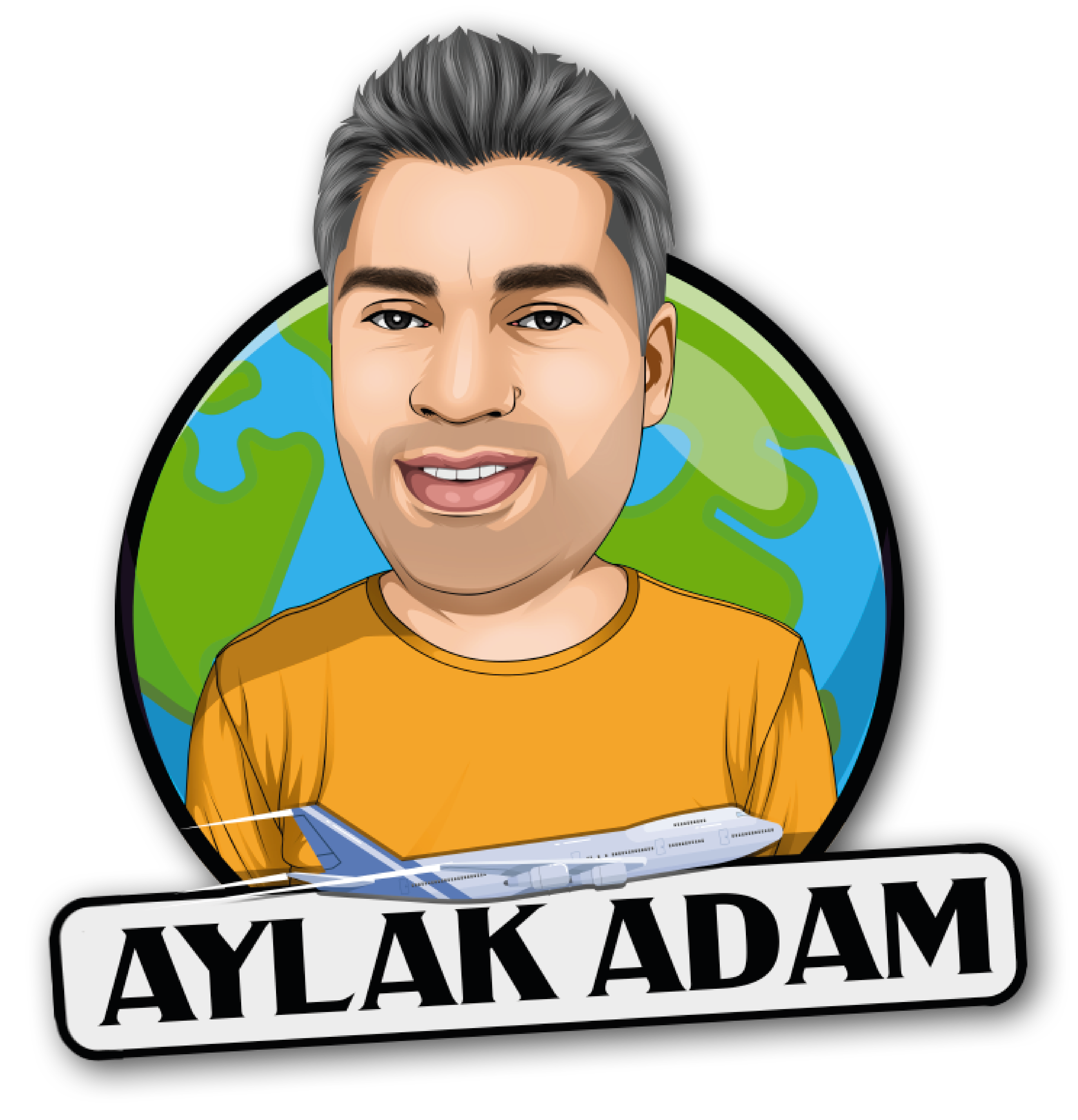
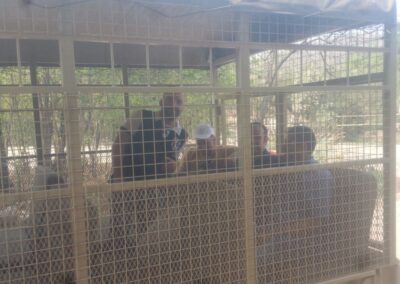
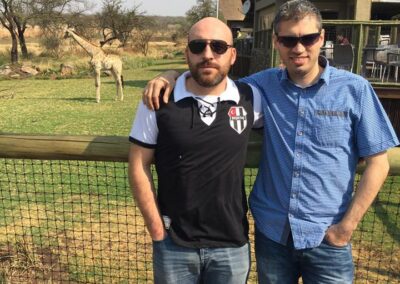
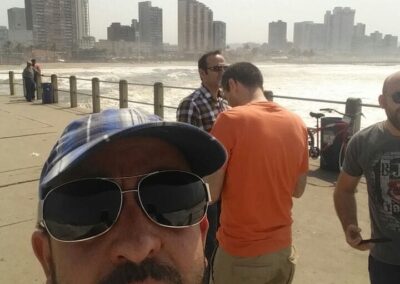
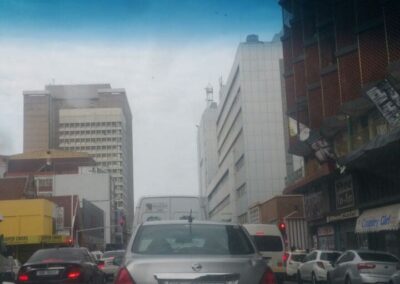
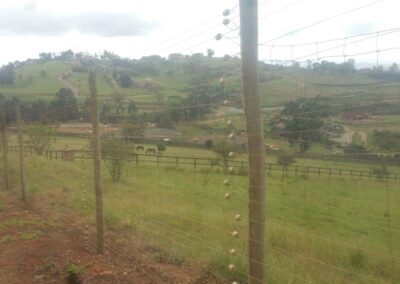
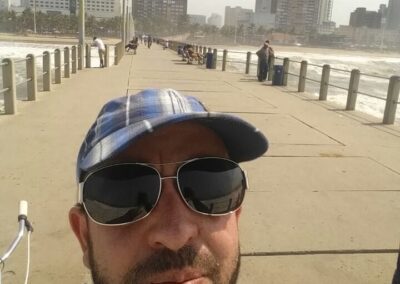
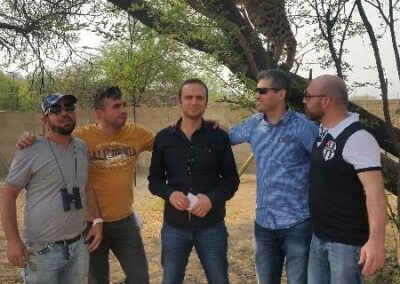
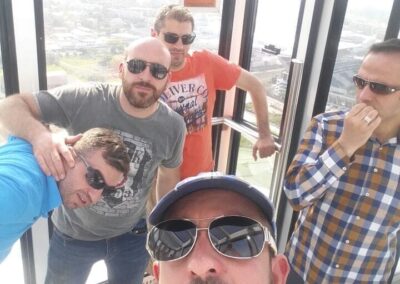
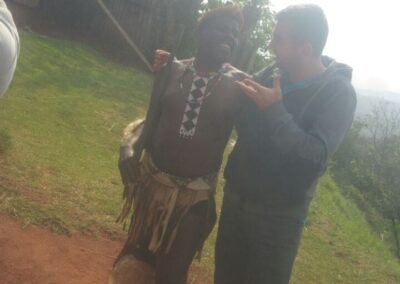
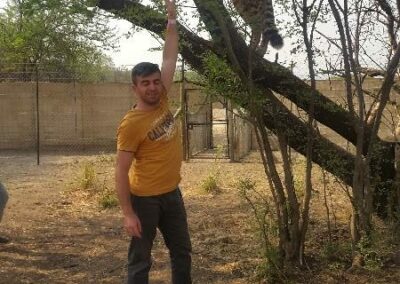
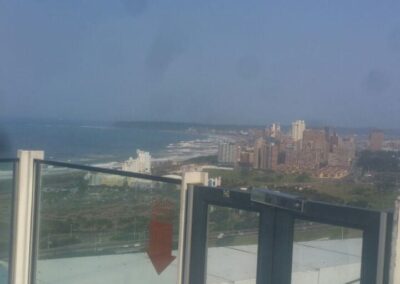
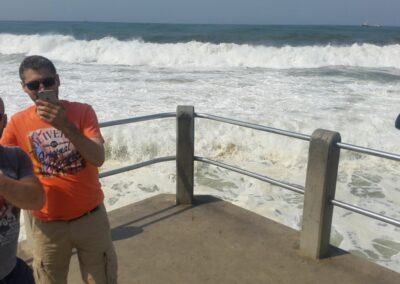
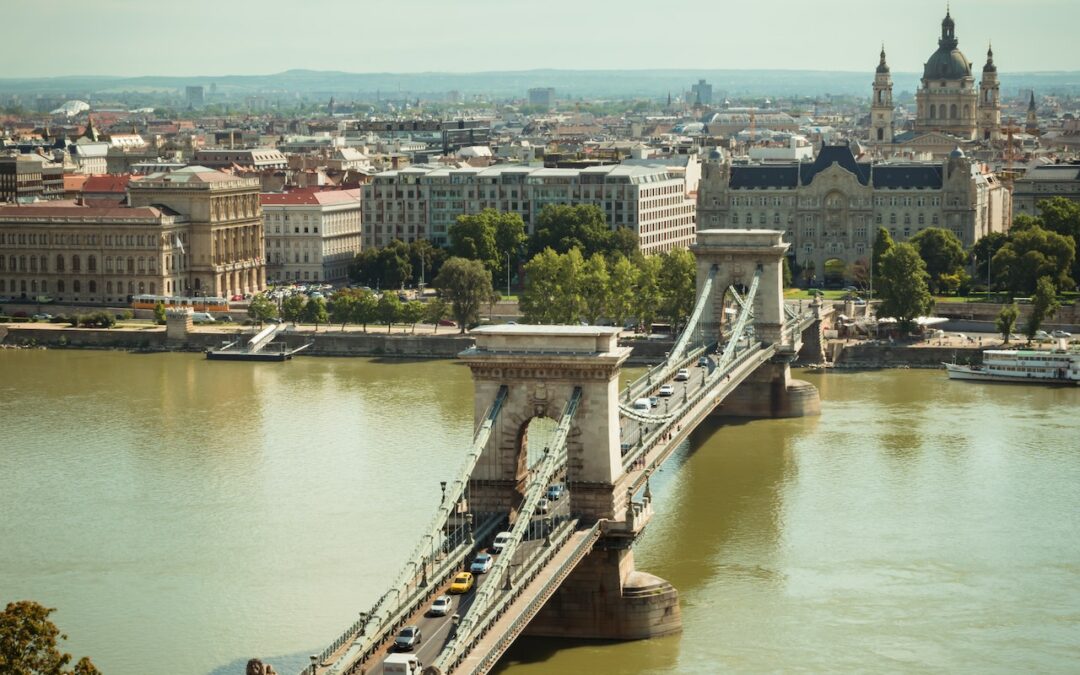
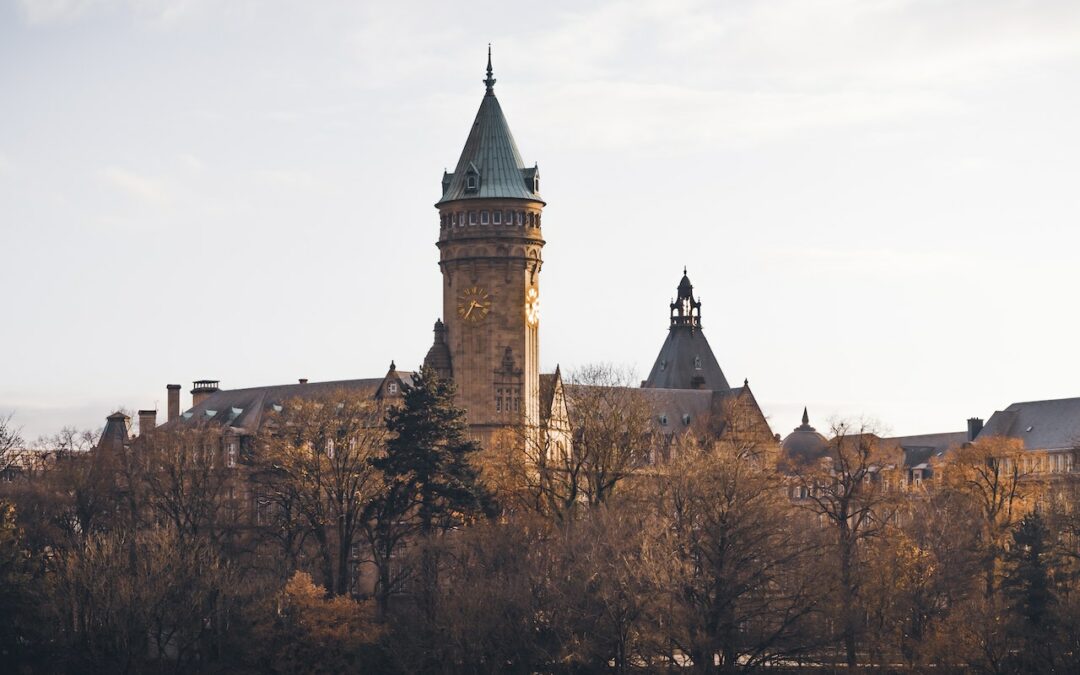

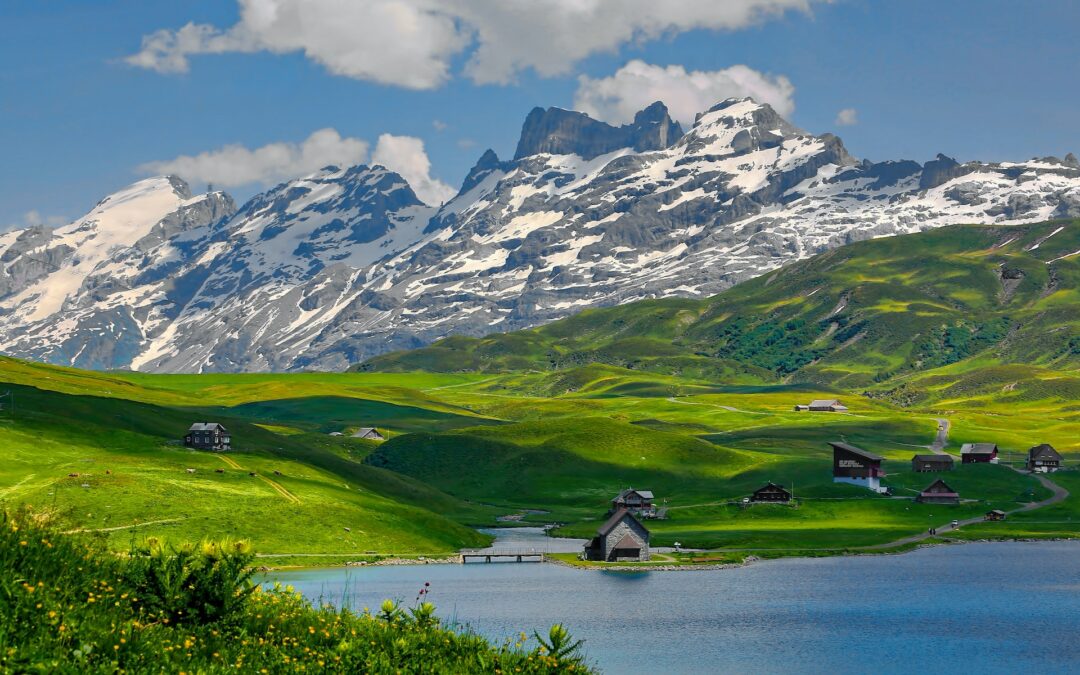
0 Comments